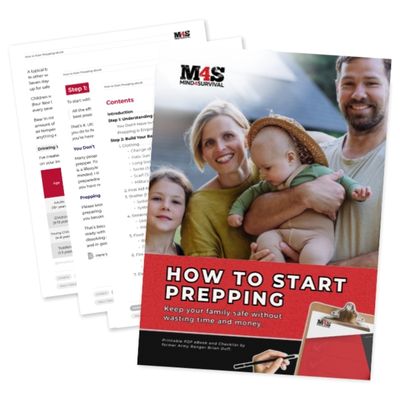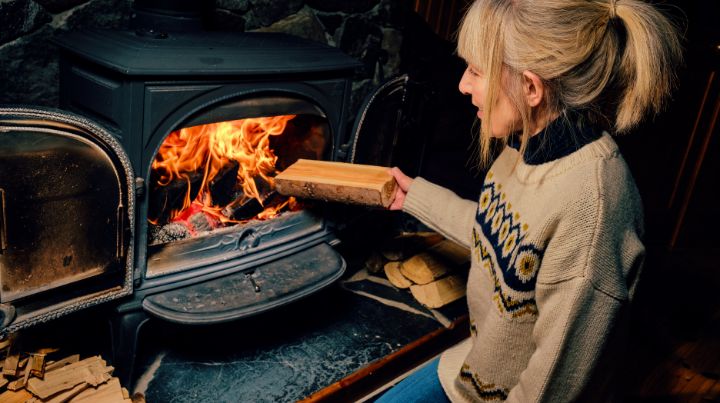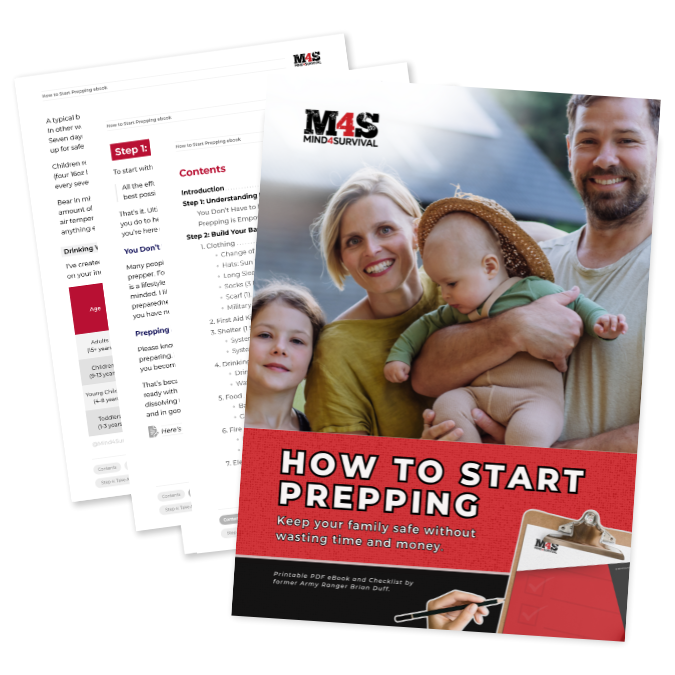How to Stay Warm When You Lose Power: Practical Tips for Cold Weather Survival

During the winter season, there is always a risk of losing power during a storm or cold snap. Here are some ideas on keeping your home cozy and your family safe, even when the power goes out.
Insulate Your Windows
Drafty windows can cause your home to lose heat. Insulate your windows ahead of a winter storm without doing major work by using one of these methods:
Window Film
Clear window film can block drafts and insulate glass. It doesn’t require any major work, so it’s apartment-friendly. If you own your home, decorative films can add insulation and style.
Bubble Wrap
Believe it or not, bubble wrap is a fantastic insulator. I’ve used it in past winter storms. Cut it to size, spray your window with water, and stick the bubble wrap to the glass for a temporary yet effective seal. I used tape on the corners to make sure the bubble wrap did not fall off.
Trash Bags
For a quick fix, secure trash bags over windows with tape. They aren’t the most attractive solution, but they’ll do in an emergency. Remove them after the cold snap to restore your windows back to normal.
Layer Your Clothing
Dress warmly by layering your clothing. Each layer traps air and creates insulation to keep your body heat close:
Base Layer: Wear thermal or moisture-wicking fabrics next to your skin.
Middle Layer: Choose wool, fleece, or flannel to increase insulation.
Outer Layer: Shield yourself from drafts with a windproof jacket or coat.
Accessorize with hats, gloves, and socks to avoid losing heat through your head, arms, and legs. Don’t worry about looking bulky like the younger brother in A Christmas Story—the goal is warmth, not fashion.
Choose the Right Bedding
Increase your bed’s coziness by using flannel sheets instead of cool fabrics like satin or linen. Flannel will help you retain heat during those cold nights.
Layer the blankets, too. Pile on everything you can get your hands on!
Use several blankets, quilts, or even old clothes on top of your bed. If it’s extremely frosty, grab jackets or sleeping bags and place them on top of your bedding.
Place the heaviest wool blankets on the top layer to maximize warmth.
Cover Your Floors and Walls
Homes lose heat through surfaces, just like people.
Floors: To combat the chill, cover cold floors like tile or wood with rugs, carpets, or even spare blankets. Warm up bathroom floors with bath mats or old towels.
Walls: Back in the Middle Ages, castle dwellers used tapestries to insulate drafty walls. They were definitely on to something. You can trap warmth by hanging quilts, heavy blankets, or pretty tapestries on external walls.
Drink Warm (but Not Alcoholic) Drinks
Hot beverages will feel comforting during a power outage.
Make tea, coffee, hot chocolate, or broth if your stove is working
Preheat water in a thermos if you are able to prepare ahead of time.
A lot of people reach for alcoholic drinks because they feel warm going down, but alcohol will actually reduce your core body temperature, putting you at greater risk of hypothermia.
Stay in One Room
Select a single room for your family and huddle up. Keep this space as warm as possible:
Limit the space: Block off unused areas with blankets, tarps, or plastic sheeting.
Set up a tent: For a fun “camping indoors” adventure, pitch a small tent inside the room and line it with sleeping bags or extra blankets.
Share body heat: Cuddle with family members or pets- you’ll keep each other warm.
Use a Propane Heater
Portable propane heaters can be lifesavers during a winter outage, but you need to be safe when using them.
Pick models with safety features like tip-over shutoff, low oxygen sensors, and pilot light cutoffs.
Make sure your space is well-ventilated: Crack open a window slightly to circulate fresh air and prevent carbon monoxide buildup.
Never leave the heater unattended. Keep any flammable materials away from the heater. Keep children or pets away, too.
What About Generators?
Gas Generators
Gas generators can pose a risk of carbon monoxide poisoning if used indoors. Always operate these outdoors in a well-ventilated area, far from windows or doors. Renters are usually prohibited from using gas generators due to fire and safety risks.
Solar Generators
Consider a solar generator for a safer, quieter alternative. These can be used indoors and are ideal for apartments or small homes. Select a model that supports enough wattage to power a space heater.
Always Take Precautions
Keep these safety tips in mind:
Do not use a gas stove or oven to stay warm—it emits dangerous carbon monoxide.
Never bring outdoor grills or barbecues inside for warmth.
Keep both smoke detectors and carbon monoxide detectors in your home to alert you of these dangers.
Stay aware of weather changes: Monitor the weather forecast to anticipate extreme cold and make necessary preparations.
Extra Tips for Long-Term Warmth
If power outages are common in your area, these long-term solutions can help:
Install thermal curtains: They can help reduce heat loss through windows year-round.
Upgrade insulation: Add insulation to walls, attics, and crawlspaces to make your home more energy-efficient.
Invest in a wood stove: A wood stove can provide reliable heating and even a cooking surface during outages if you are able to install one in your home.
Losing power during a winter storm can be rough, but with the right preparations, you can stay warm and safe. Focus on insulating, layering, and utilizing safe heat sources. Stay in one room as your living area and make it as cozy as possible. Plan ahead so you can minimize discomfort and protect yourself and your loved ones from the dangers of extreme cold.
Additional Resources:
- Heating with Wood: Emergency Home Heating for Beginners
- Prepping For A Power Outage
- Emergency Power Banks: Staying Powered on the Go
- Kamik Boots: Review of My Winter Boots (2023)
Related Articles
FREE Guide
Read the Best Seller
Join Mind4Survival
Stay informed by joining the Mind4Survival! 100% Secure! 0% Spam!
Affiliate Disclosure...
Mind4Survival is a free, reader-supported information resource. If you make a purchase through our link, we may, at no cost to you, receive an affiliate commission.
Do You Want To Be Ready No Matter What?

Download our free 39-page guide with interactive, 7-Day Emergency Kit Checklist and take the first step toward real preparedness.
- Know exactly where to start.
- Save time and money.
- How-to build a complete Basic Emergency Kit.
- Level up your safety and security.
Join Mind4Survival
Stay informed by joining the Mind4Survival! 100% Secure! 0% Spam!







